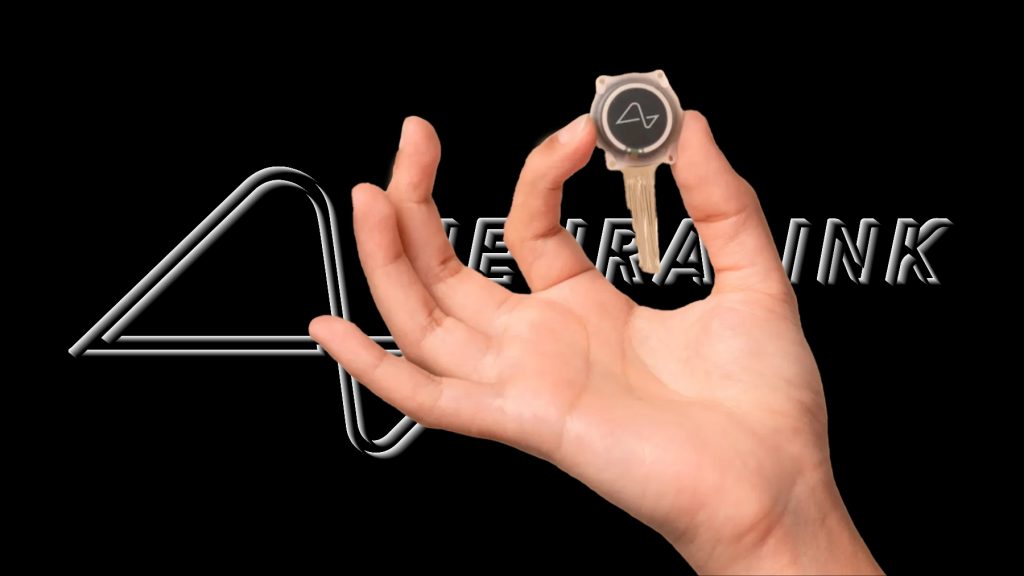
The FDA has approved Neuralink’s experimental brain chip for a second human patient after the team proposed a fix to the electrode’s retreat.
- Noland Arbaugh, a 30-year-old quadriplegic, was the first patient to receive the implant in January.
- The BCI failed, as its threads retracted.
- The team proposed embeding the wires deeper into the brain.
The U.S. Food and Drug Administration (FDA) has approved Neuralink’s experimental brain chip in a second human patient, following the malfunction of the first.
Elon Musk’s Neuralink developed implantable brain-computer interfaces (BCIs) with the aim of restoring autonomy to individuals “with unmet medical needs.” Once implanted, the brain chip would allow the person with quadriplegia to achieve digital autonomy, seamlessly operating their devices.
After extensive animal testing, the FDA cleared the brain chip company for its first human trial. Enter Noland Arbaugh, a 30-year-old man who has been living with quadriplegia since a lake jumping accident at 22. He volunteered and became Neuralink’s first human patient. Arbaugh received the implant in January.
For a while after the surgery, Arbaugh was making strides in his recovery and his use of the BCI. His brain chip, the N1 Link, allowed him to game and complete several tasks. However, the happiness was short-lived, as the threads that kept the chip connected to the brain started retracting.
A week later, it came out that Neuralink and the FDA knew of this possible outcome all along. According to a Wall Street Journal report, only 15% of the threads remained in place, which affected the brain chip’s performance. They then tweaked the algorithm the best they could to keep functionality.
For the next trial, set to start in June, the team proposed to embed the threads deeper into the brain, increasing the depth from three to five millimeters to eight millimeters, to prevent the wires from dislodging. By the end of the year, Neuralink aims to have tested the brain chip on ten patients.
The idea of having a skull opened and embedding a foreign object’s electrodes 8 millimeters into the brain is off-putting, to say the least, imposing serious risks on patients willing to take it. Several things could go wrong. After the way they treated their animal test subjects came to light, the public was outraged. Some even called for the complete shutdown of the project.
But then you read Noland’s interview with Bloomberg, and you realize that maybe we had it all wrong. Noland knew going in that he was probably getting the short end of the stick in terms of trial and error. You see, in a human trial, or any experimental trial, for that matter, you start with the most preliminary version of the product. Then, as the trial progresses, you upgrade and tweak it until it reaches its final form.
Noland knew this, and even his friend warned him about Elon Musk’s “track record of being for progress above everything else,” Arbaugh says. “That he wants to make things happen and doesn’t care what happens along the way.”
At that point, he had accepted that he might forever be dependent on caregivers, be it his parents or, later on, professionals.
While the world was focused on Neuralink’s shortcomings, we overlooked what this ‘failed’ trial did for Noland: It gave him hope. And when it malfunctioned, the rug was swept from under him again. “It was really hard to hear,” he shared. “I cried a little bit.”
Getting to a finished, polished, and functional product is not an easy feat. But we need to keep our eyes on the goal: a new lease on life.
Inside Telecom provides you with an extensive list of content covering all aspects of the tech industry. Keep an eye on our Tech sections to stay informed and up-to-date with our daily articles.